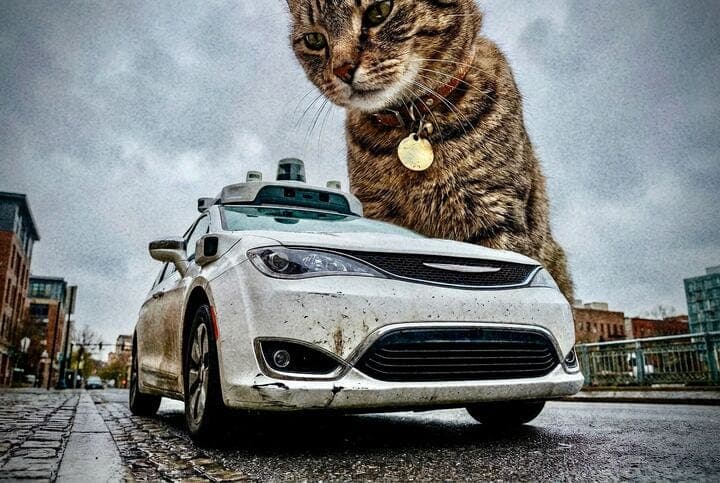
No, We Shouldn’t Ban Waymos Over a CatDec 12
on kitkat, the beloved sf feline who was run over by an autonomous vehicle, and jackie fielder, the pandering sf politician who now wants to ban the vehicles altogether
Feb 24, 2024

Hey readers, it's the 42nd issue of the White Pill, your favorite newsletter covering developments at the frontier of space, science, engineering, AI, and more.
Also — slight change in this newsletter. Instead of the Space section, we're starting it with a plug for a piece we recently published on the White Pill, Aaron Slodov's Techno-Industrial Manifesto. While detailed and somewhat technical, his piece advocates for the unfortunately rare position that we're pursuing a post-industrial society at our own peril. I view the piece as an extremely important update to the narrative (and, of course, a white pill). Please give it a read.
Also, I was on the Tech Policy Podcast on Wednesday discussing why we publish the White Pill, and the most mind-bending items from some of our past issues. The episode is an hour long — listen here.